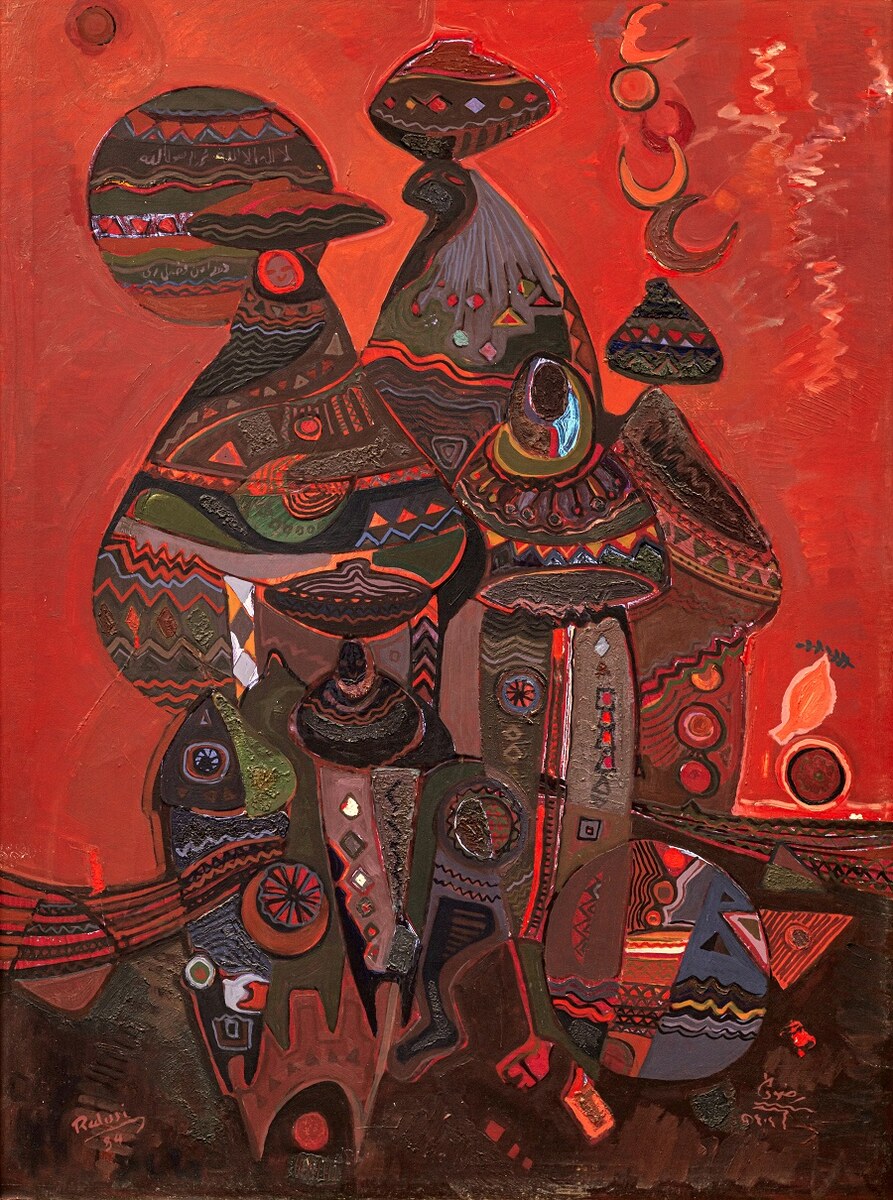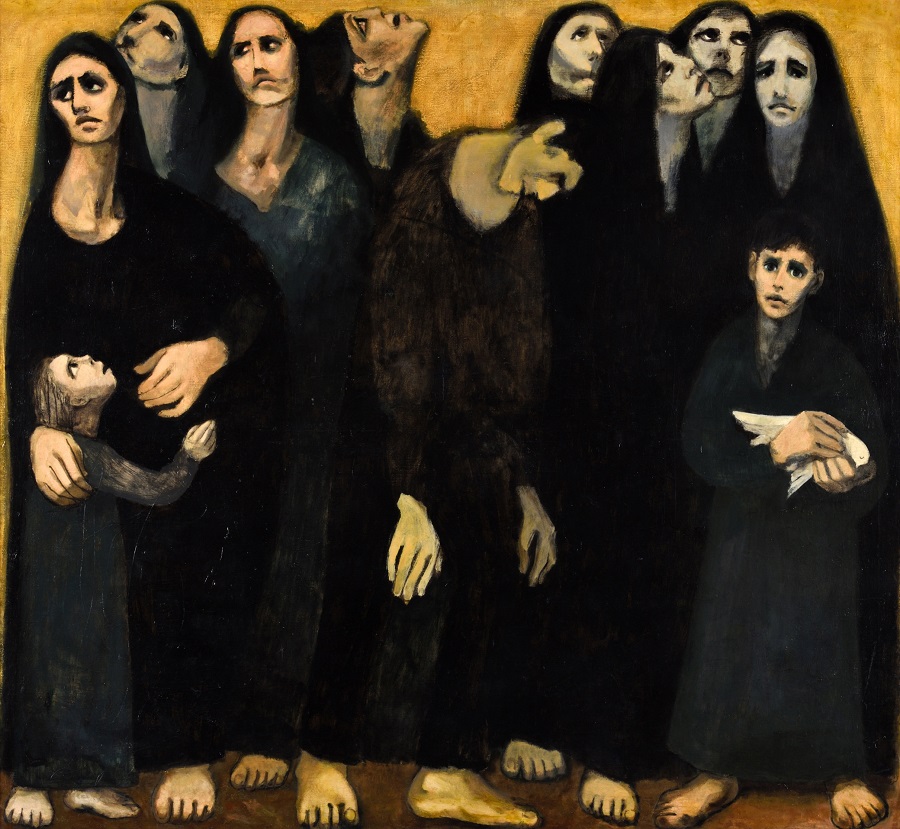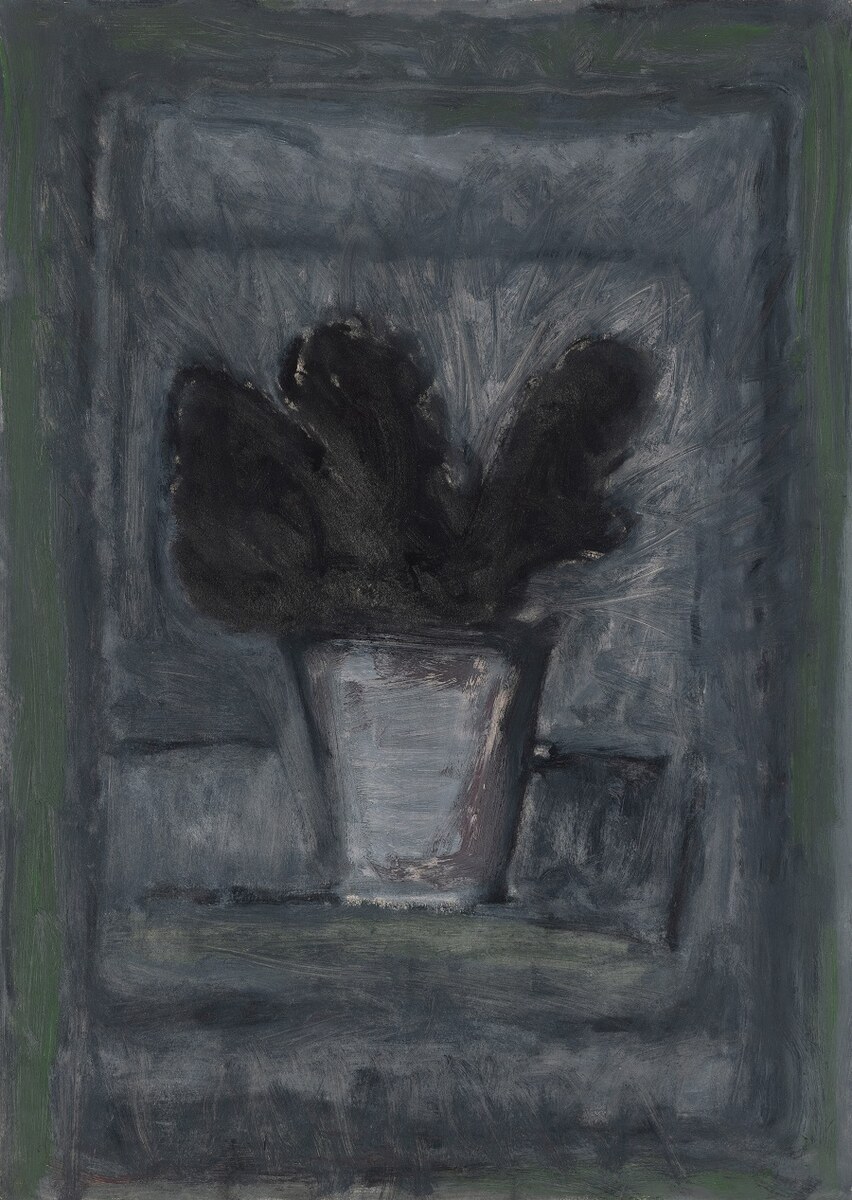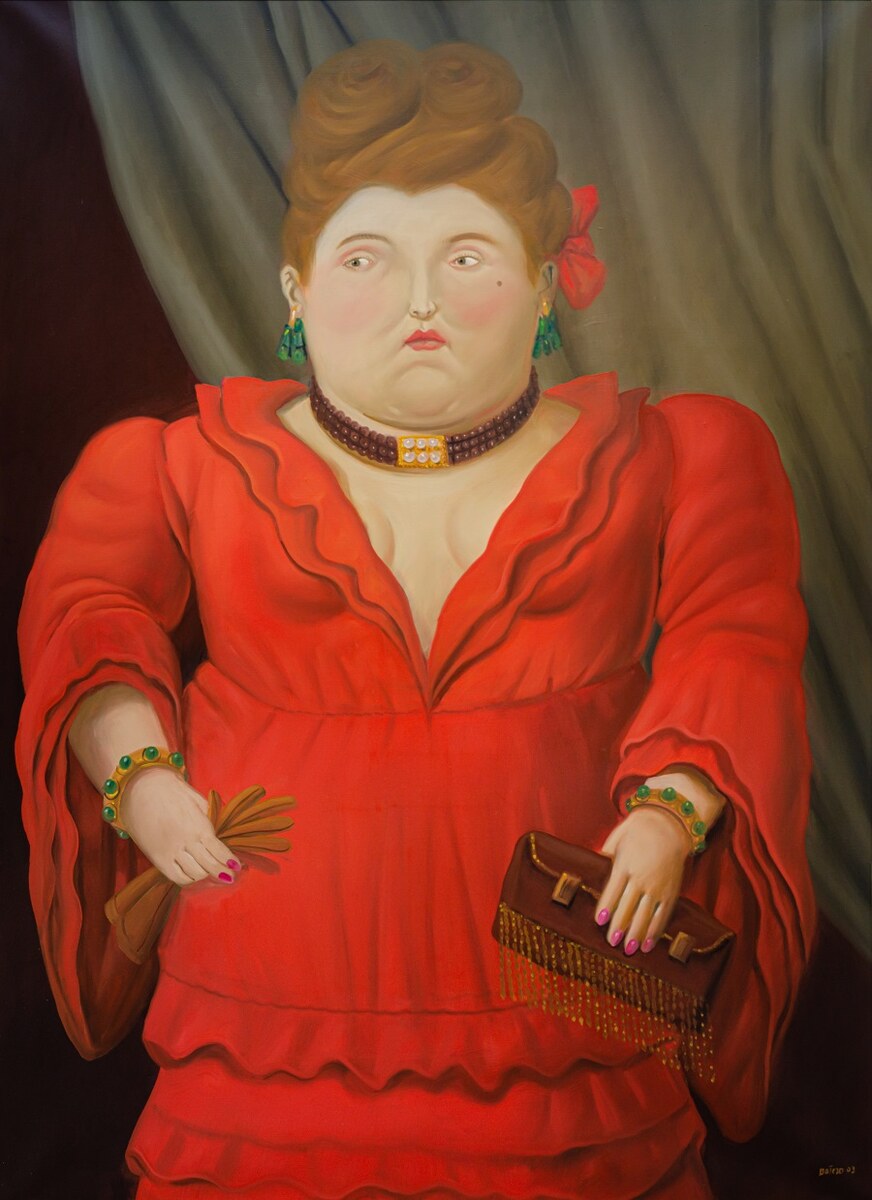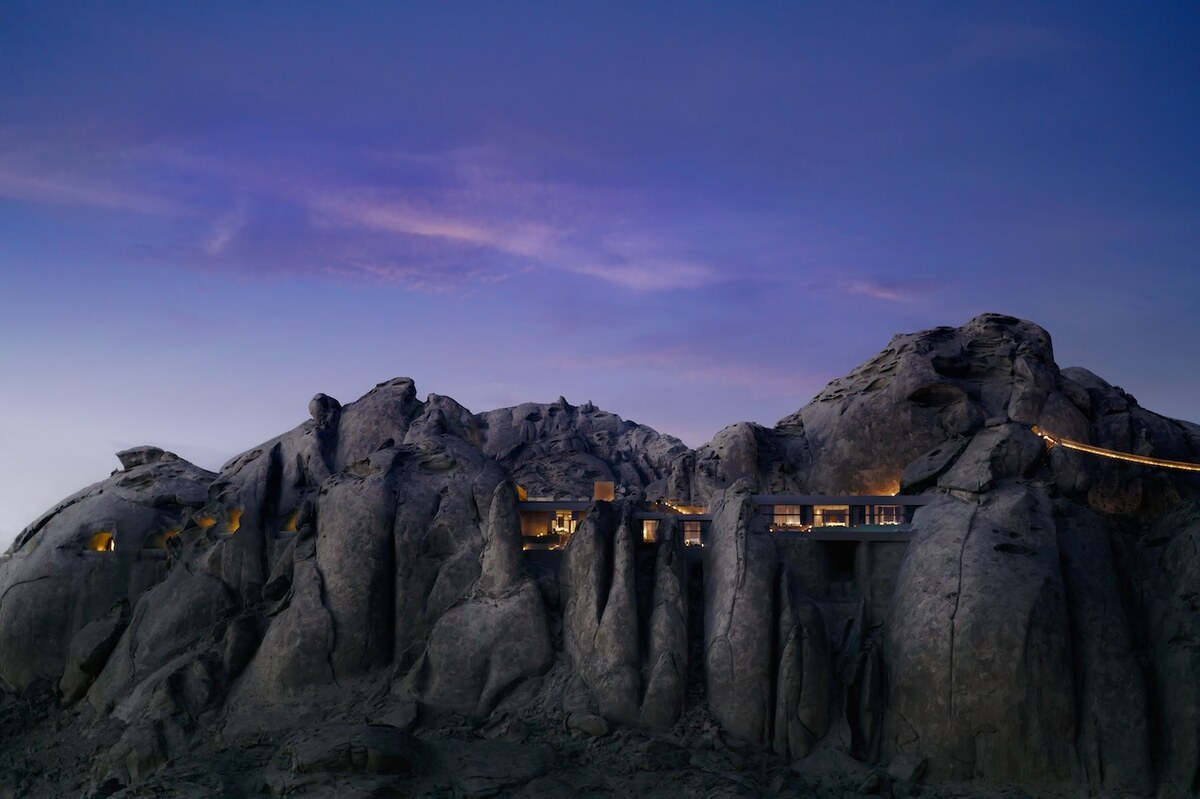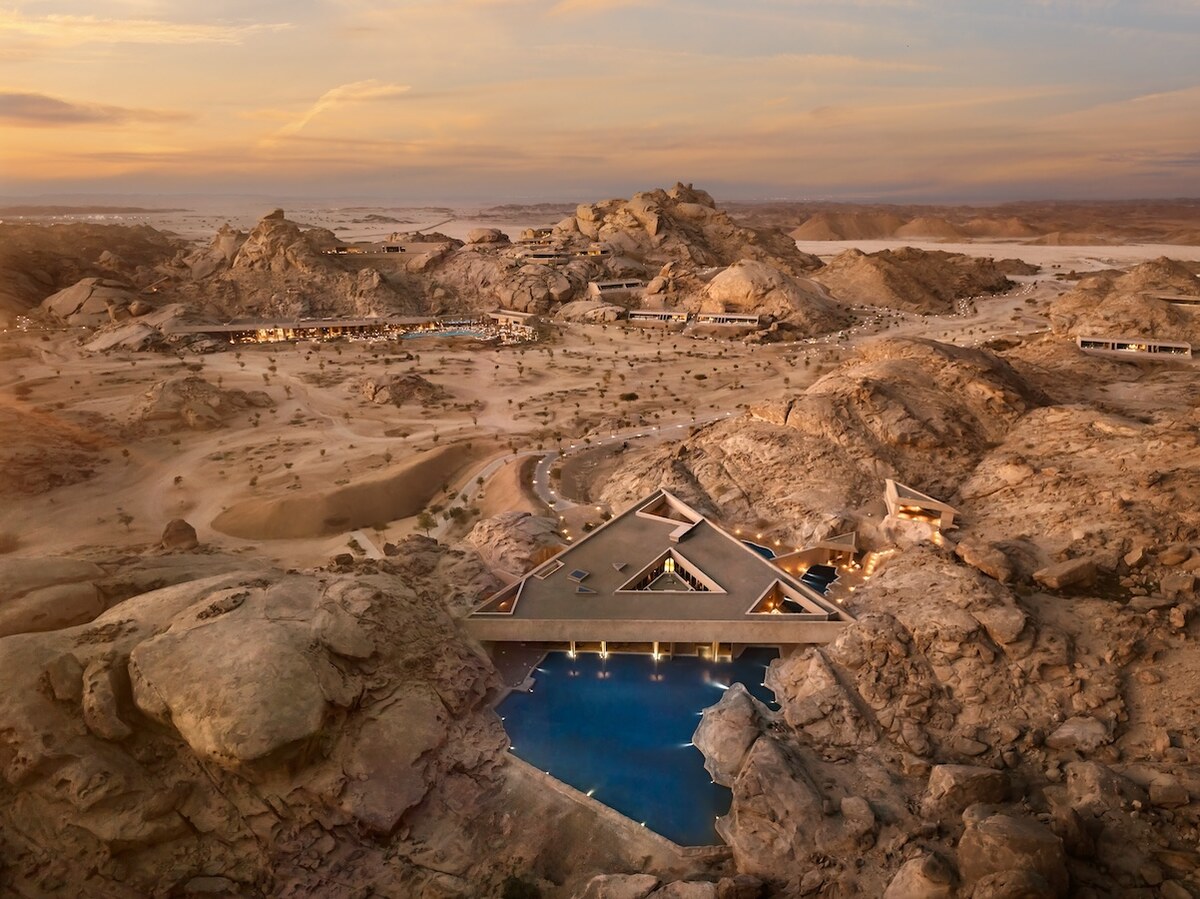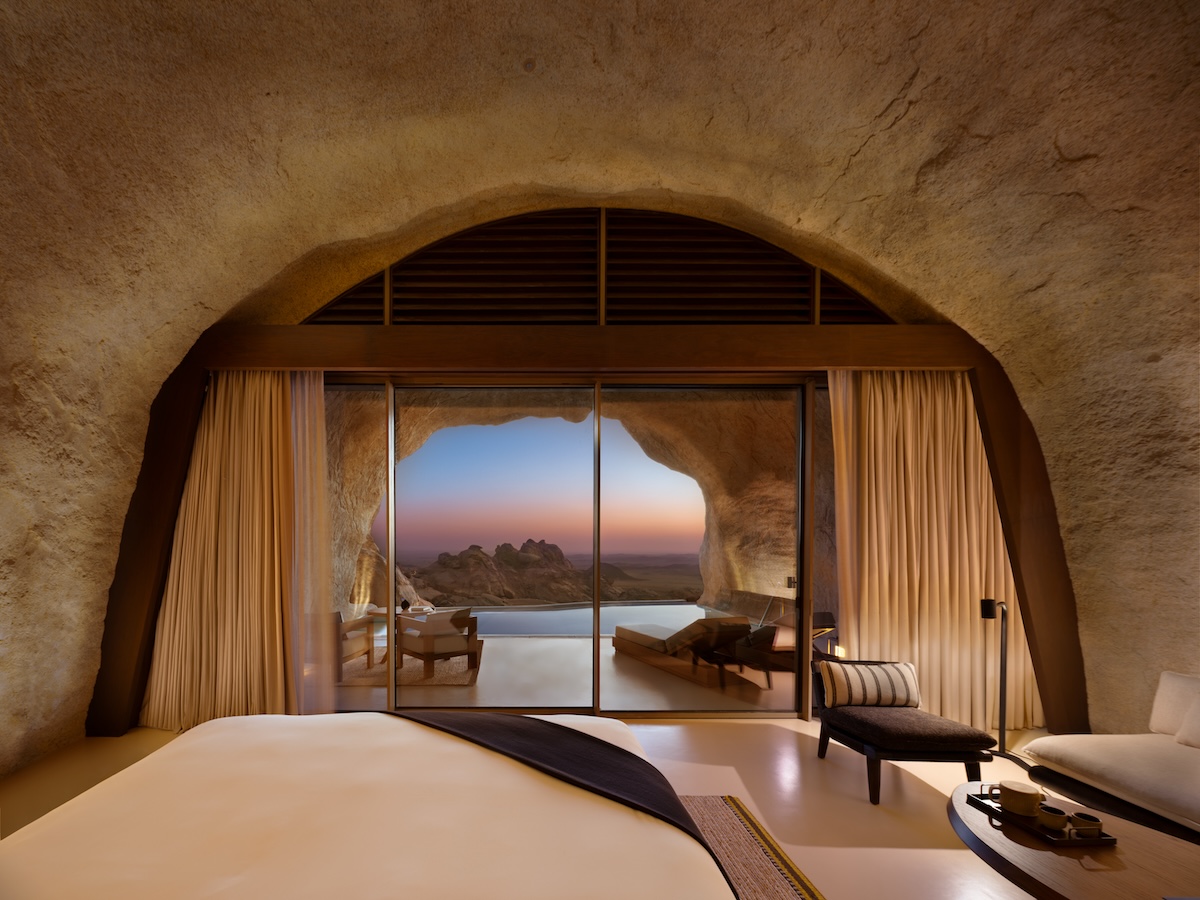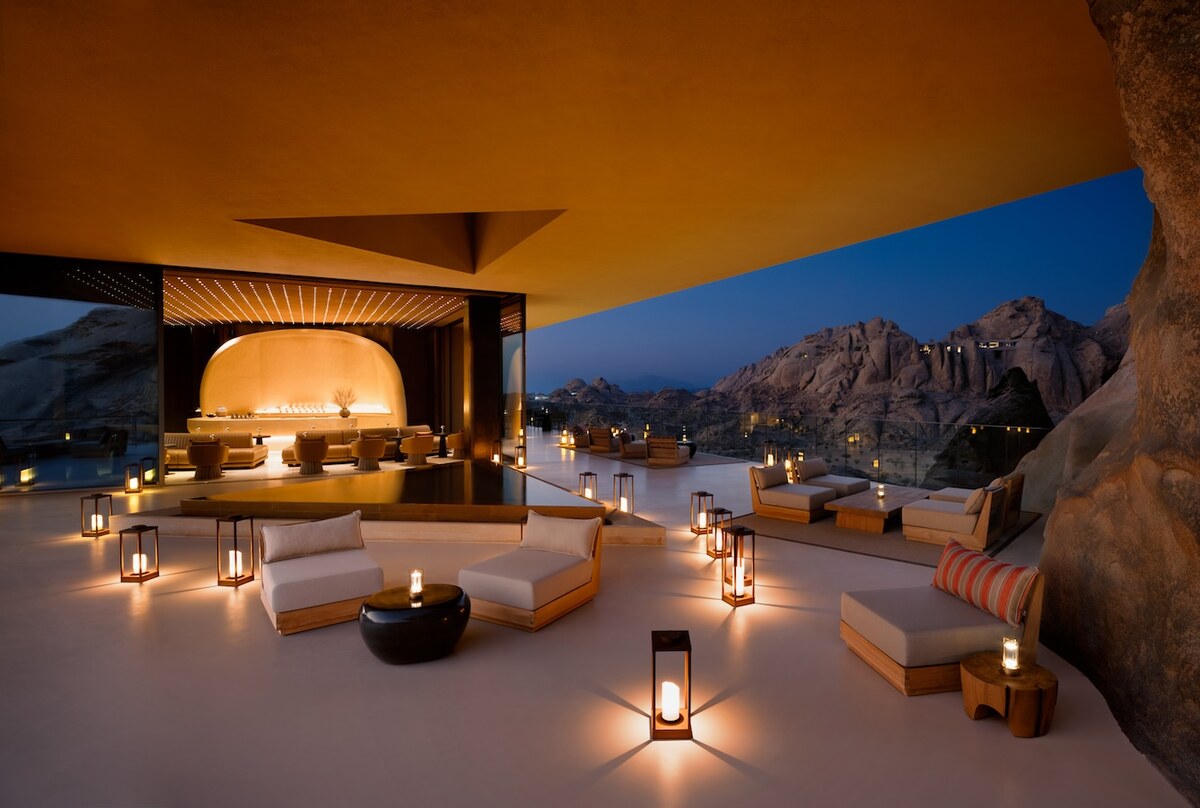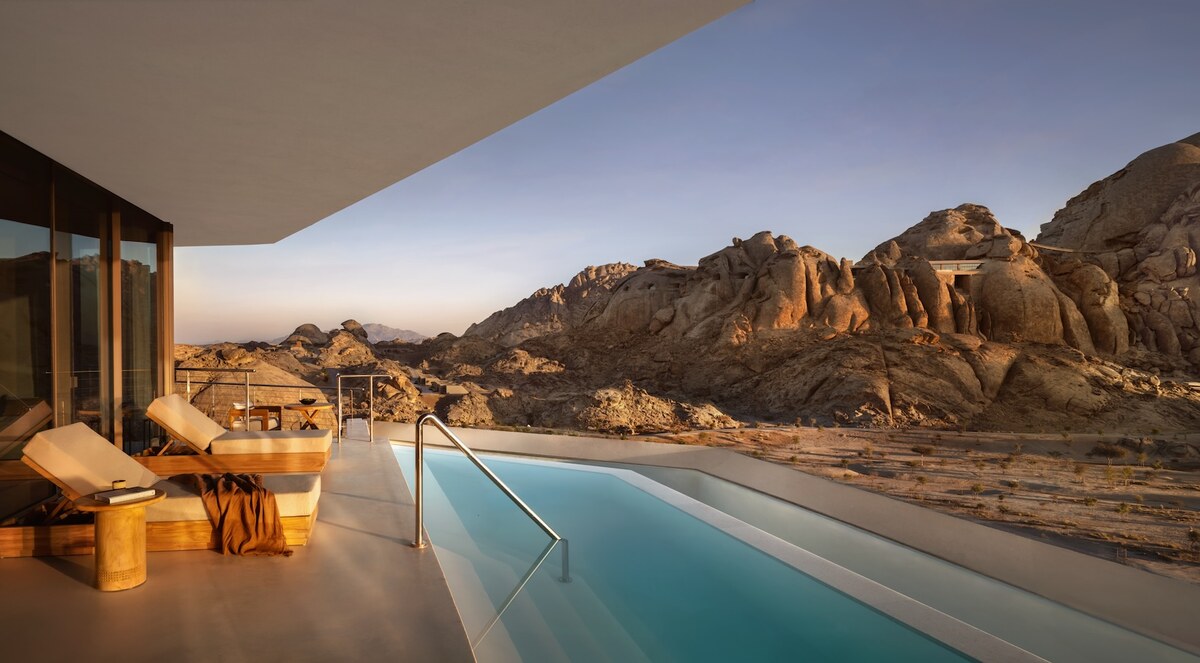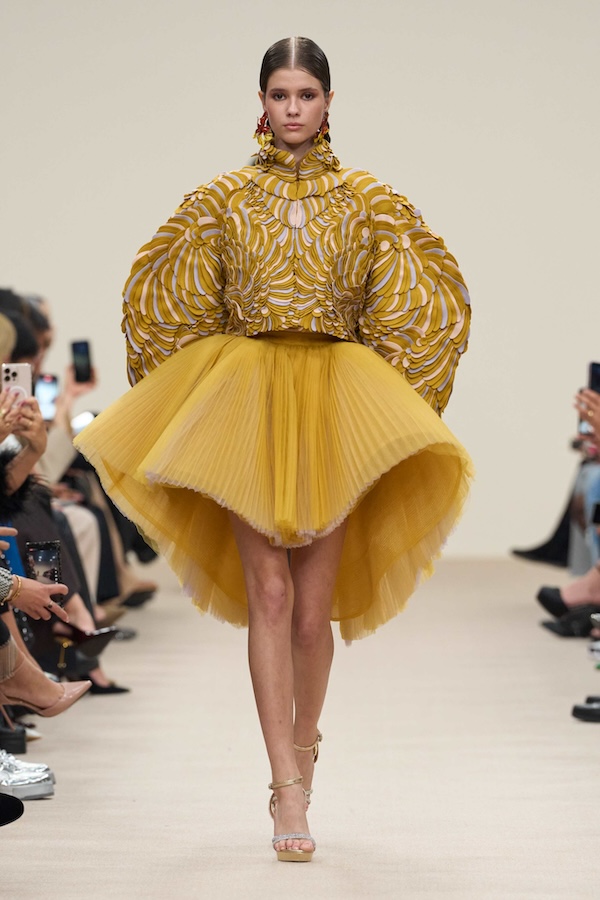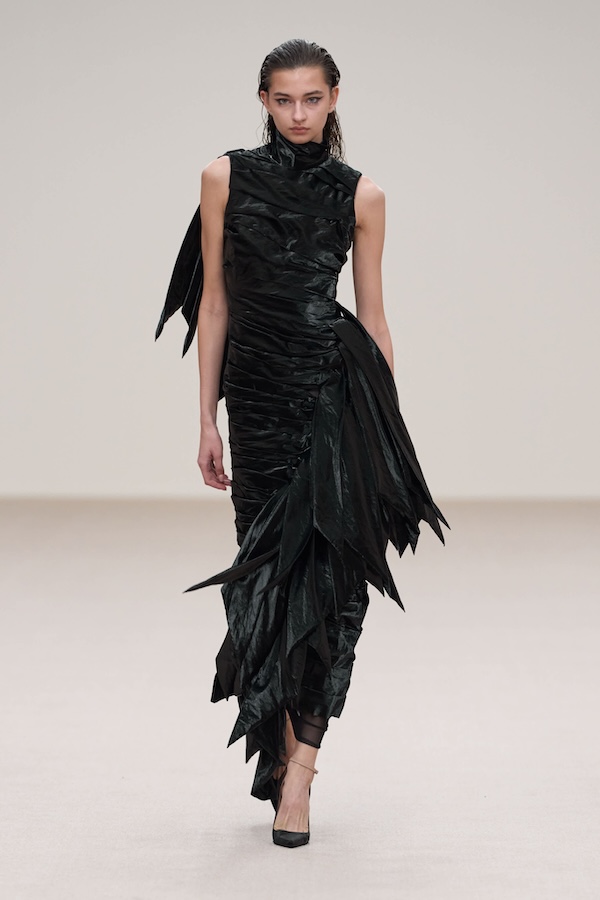RIYADH: Jordanian-American impact artist Aida Murad hosted an exhibition in Riyadh’s St. Regis on Wednesday, commemorating the launch of her new book, “Life Is a Miracle.”
Through the book, Murad told Arab News, “I want them to feel seen. I think that my purpose in life is to help people feel seen, heard and loved. I think because I wanted that the most, and there is something so beautiful when a human sees you and loves you, even when they see you fully.”
She hopes that she can help people to feel seen through life lessons and navigate the different emotions that humans experience.
“In the book, you would find harder emotions like sadness and confusion and being lost, and also happier ones, and how to navigate both. As Arabs, I don’t think we do a good job of talking about the spectrum of emotions,” she said.
Through her art and her book, Murad hopes to inspire readers to appreciate and celebrate the smallest of miracles in life, such as breathing.
“The title, ‘Life is a Miracle,’ came to me because I find that people, including my past self, would wait until big things happened in our lives to be like, ‘Wow, this is a miracle’ or ‘Wow, this is beautiful.’
“I started realizing that to train myself to be happier, whole, human and more content, I started training myself to notice the small miracles,” she said.
“Just by me waking up, you know how many miracles have happened, you know how many trillions of cells are moving,” Murad said.
The book has been five years in the making: “The real-time that it took was the courage. I feel that the content could have been ready years ago, but I think it’s the courage to take a step out and say, ‘This is me.’”
Murad stressed the importance of courage when it came to publishing the book: “You just have to trust and share.”
The book has sections titled “key messages” that serve as reminders of important life lessons.
She encourages readers to open to a random page, find their message of the day, or flip through until they connect to a message.
“I decided to compile my pieces into the ones that are ready to be shared with the world and their stories and a key life message because I don’t want people just to be passive; I want them to be involved, and that is why I created the creative activity,” she said.
Along with the launch of her book, Murad is co-hosting an art exhibition at St. Regis Riyadh, which she described as her “dream partner.”
The exhibition that opened on Wednesday features 30 paintings with a common theme of “accepting your higher mission on Earth.
“It’s about connecting with your inner purpose and accepting it,” the artist said.
Each of her pieces comes with lessons and themes that help people to unlock their mission in life through greater understanding.
Murad underlined that her aim through the book and her art was to heal, inspire and help people be seen.
Originally from Jordan, Murad has lived in US cities such as New York, Washington, D.C. and Los Angeles. She has called Riyadh home for more than a year.
Speaking about her year living in Saudi Arabia, Murad said: “The people are the kindest people I have ever met. I do not want to be anywhere else in the world other than here. The land inspires me, the energy inspires me, everything, and I am grateful to be here.”





